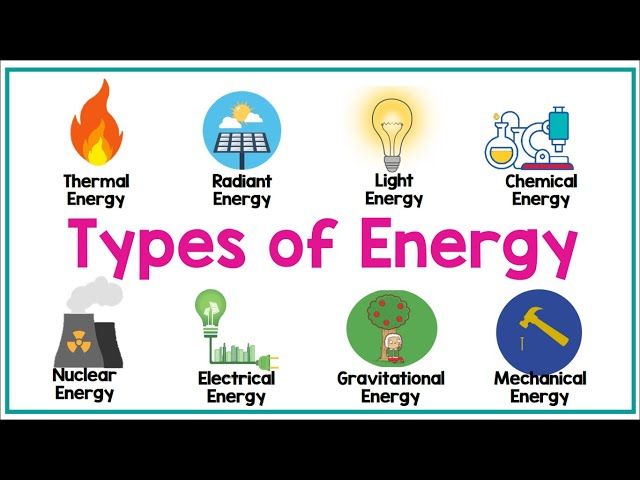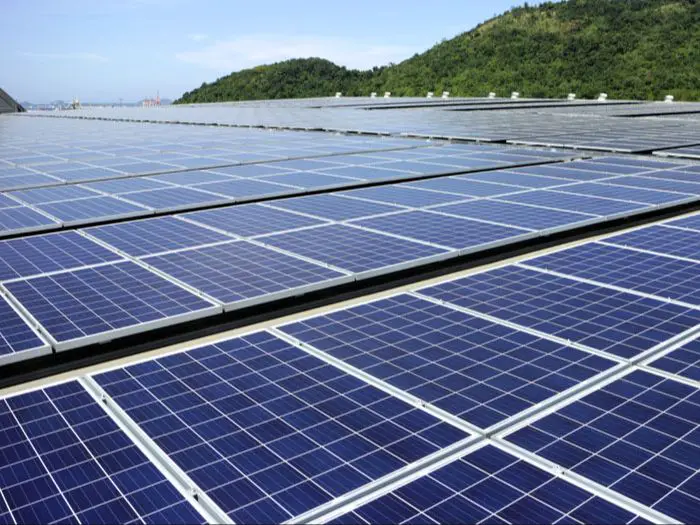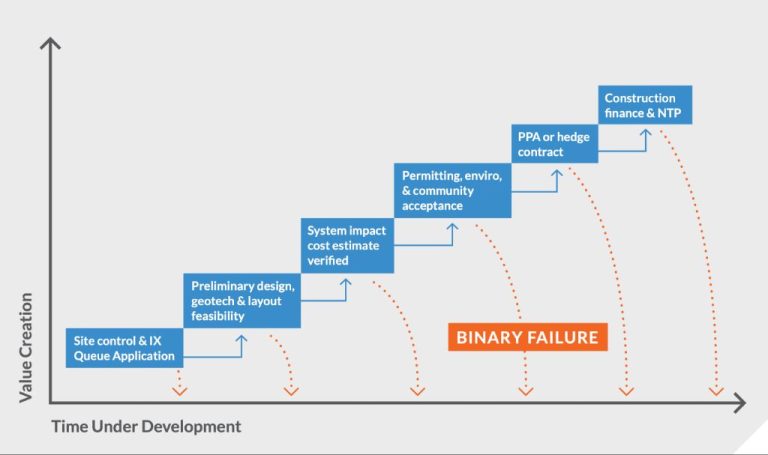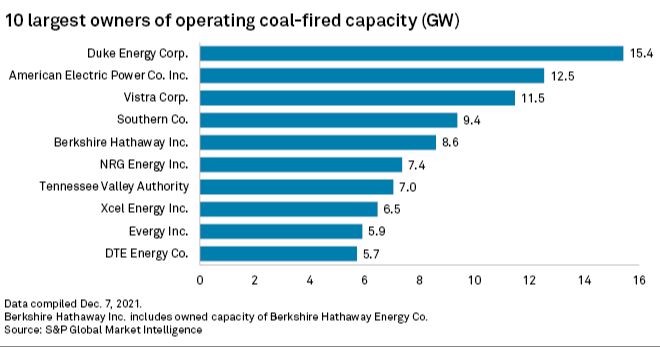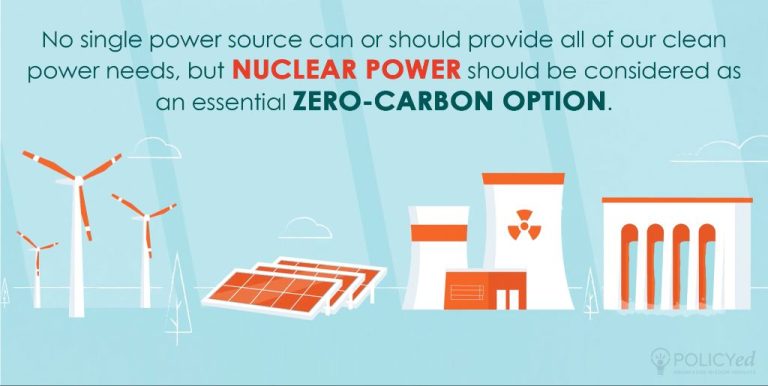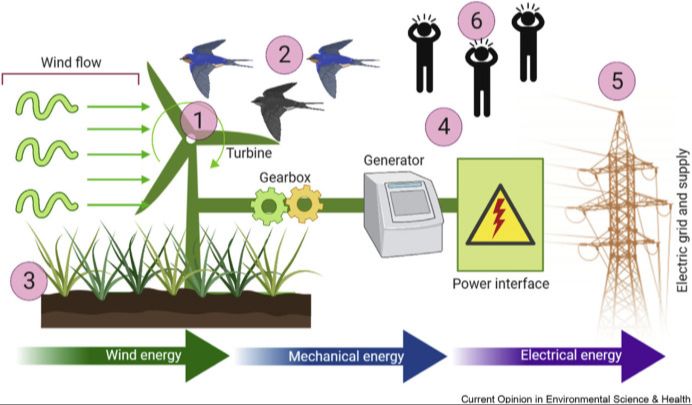Which Country Has The Cleanest Energy In The World?
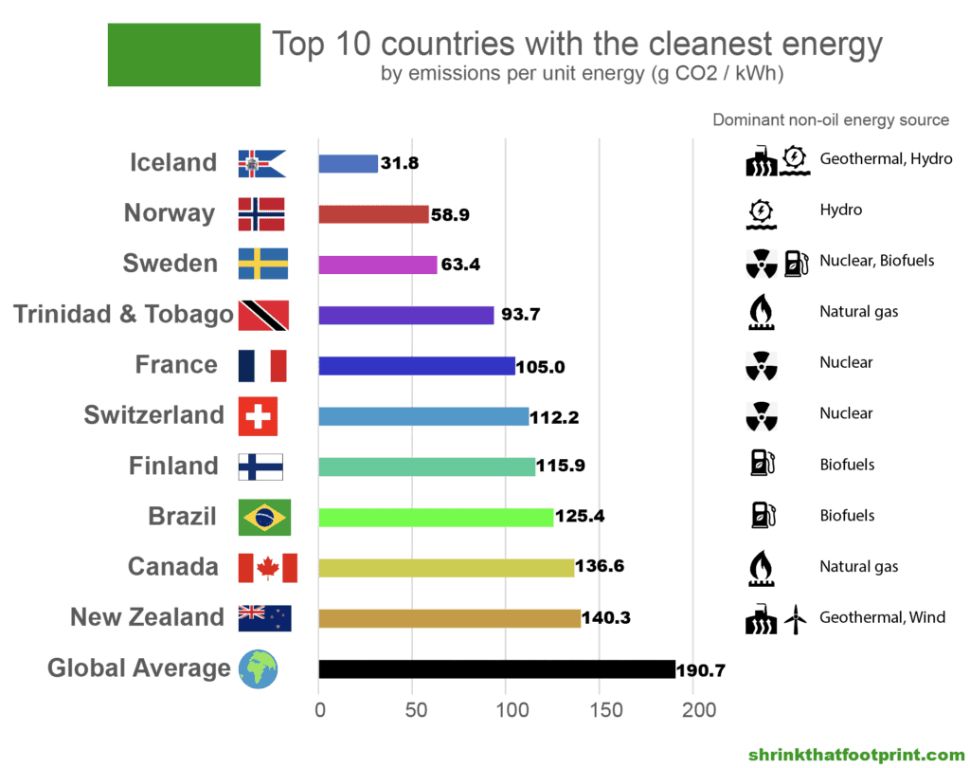
With climate change threatening the planet, there is an urgent need to shift to clean energy sources that do not emit greenhouse gases. Countries around the world are working to increase their use of renewable energy like wind and solar power and decrease reliance on fossil fuels like coal and oil. But some nations are leading the way more than others when it comes to adopting clean energy. This article will examine which countries are getting the highest percentage of their total energy from renewable sources and have made the biggest commitments to phasing out fossil fuels. Understanding the clean energy leaders can provide examples for other countries to follow.
Defining ‘Clean’ Energy
The term ‘clean energy’ can have different meanings. In the broadest sense, clean energy refers to energy sources that do not emit significant amounts of greenhouse gases like carbon dioxide when producing electricity. This includes renewable energy sources like solar, wind, hydropower, geothermal and biomass. It also includes nuclear power, which emits no greenhouse gases during operation.[1]
Clean energy can also refer more specifically to renewable energy from sources like solar, wind, water, plants and the earth’s heat. These energy sources are considered “clean” because they produce little to no global warming emissions or air pollutants.[2] Renewable energy is also considered “clean” because it comes from sources that are replenished naturally over relatively short periods of time.
The key distinction is that while renewable energy is always considered clean energy, not all clean energy comes from renewable sources. For example, nuclear power and fossil fuels with carbon capture are considered “clean” but not renewable. Overall, the term ‘clean energy’ emphasizes low emissions, while ‘renewable energy’ focuses on replenishable sources.
Measuring Clean Energy Use
There are several key metrics used to evaluate a country’s adoption of clean energy:
Share of renewables – This measures the percentage of a country’s total energy production that comes from renewable sources like solar, wind, hydroelectric, biomass, and geothermal. A higher percentage indicates more clean energy use. How to Evaluate Renewable Energy Projects with 6 Metrics.
Emissions per capita – The amount of greenhouse gas emissions produced per person in a country. Lower emissions per capita indicates cleaner energy use. Metrics for the sustainable development goals: renewable energy.
Energy intensity – The amount of energy consumed per unit of GDP. A lower energy intensity means an economy is using energy more efficiently.
These metrics help determine how much clean energy a country utilizes compared to fossil fuels, how efficiently it uses energy, and the resulting greenhouse gas emissions per person.
Leaders in Renewable Energy
Iceland generates nearly all of its electricity from renewable sources, mainly hydropower and geothermal. According to https://wisevoter.com/country-rankings/renewable-energy-by-country/, Iceland gets about 73% of its total energy from renewables. The country has set a goal to fully transition to renewable energy by 2050.
Norway also produces most of its electricity from hydropower, totaling over 95% according to https://www.climatecouncil.org.au/11-countries-leading-the-charge-on-renewable-energy/. The country aims to be climate neutral by 2030 through further investments in renewable energy sources like offshore wind farms.
Brazil meets nearly 90% of its electricity needs through renewable sources, predominantly hydropower but also biofuels and wind power. The country has made major investments in wind farms and aims to expand its renewable energy capacity even further in the coming years according to https://www.be-the-story.com/en/environment/the-cleanest-countries-leading-the-way-to-renewable-energy/.
Lowest Carbon Emissions
When looking at carbon emissions on a per capita basis, some of the countries with the lowest levels are in Africa and Asia. According to data from The Global Economy, the 10 countries with the lowest CO2 emissions per capita in 2020 were:
Chad (0.04 tons per capita)
Democratic Republic of Congo (0.09)
Burundi (0.1)
Niger (0.1)
Somalia (0.1)
Central African Republic (0.1)
Madagascar (0.1)
Mali (0.1)
Malawi (0.1)
Rwanda (0.1)
Many of these countries have low emissions because they have low levels of industrialization and energy consumption. However, having extremely low per capita emissions can also indicate energy poverty and lack of access to electricity.
Some larger developing countries also have low per capita emissions, like India at 1.9 tons, Pakistan at 1.9 tons, and Indonesia at 2.1 tons (Source).
So while some developing nations have minimal carbon footprints, it may be more due to poverty than clean energy. Countries with both economic development and low emissions likely have the cleanest energy systems.
Most Ambitious Clean Energy Goals
Many countries have set ambitious targets for increasing renewable energy capacity and reducing emissions by 2030. According to the European Commission, the EU aims to increase the share of renewable energy to at least 32% by 2030 as part of its commitment to cut greenhouse gas emissions by at least 40% from 1990 levels (1). The UK has pledged to generate 50% of its electricity from renewables by 2030.
Other countries with bold 2030 renewable energy targets include (2):
– Costa Rica – 100% renewable electricity
– Finland – 55% renewable energy across all sectors
– Germany – 65% renewable electricity
– India – 50% electricity capacity from non-fossil fuels
– New Zealand – 100% renewable electricity
– Norway – 67.5% renewable energy across all sectors
– Scotland – 100% net zero electricity
– South Korea – 30% renewable electricity
– Spain – 74% renewable electricity
– Sweden – 100% renewable electricity
Many major economies have committed to significantly ramp up renewable energy deployment over the next decade to reduce carbon emissions and mitigate climate change.
Investing in Clean Energy
Many countries around the world are ramping up investments in clean and renewable energy sources like solar, wind, and hydropower. According to Statista, the largest investments in renewable energy in 2022 came from China and Europe. China alone invested over $270 billion, while Europe as a whole invested over $180 billion.
The Climate Council reports that China is the global leader in renewable energy, hosting nearly half of the world’s total operating wind and solar capacity. The country has invested heavily in wind, solar, hydropower and other renewables through policies like feed-in tariffs. China accounted for over 40% of global renewable energy investment in 2021.
The US and Brazil also rank among the top countries for installed renewable energy capacity, according to The National News. The US invested $60 billion in clean energy in 2021, while Brazil sources 75% of its electricity from renewables, mostly hydropower. Other leading countries for renewable investment include Germany, Japan, the UK, India and Australia.
Many governments around the world are providing incentives, subsidies and policy support to accelerate the transition to clean energy. With climate change driving more investment, renewables are poised for strong continued growth in the coming decades.
Cleaning Up Electricity
When it comes to clean electricity generation, some countries truly stand out. According to Energy Monitor, as of 2023, Albania leads the world with 94.8% of its electricity coming from clean sources. The country has vast hydropower resources that enable most of its renewable electricity. Following close behind is the Democratic Republic of Congo at 95.5% clean electricity, relying largely on hydropower from the powerful Congo River.
Other top countries for clean electricity include Iceland (96.2%), Switzerland (97.4%), and Norway (98.3%). Norway generates almost all of its electricity from renewable hydropower and has essentially decarbonized its grid. The country’s abundant water resources and mountainous terrain make hydropower an ideal clean energy solution. With over half of its electricity coming from hydropower, Switzerland has also capitalized on its natural resources to become a global leader in clean power generation.
These countries demonstrate that prioritizing renewable energy investment and leveraging local geography can pave the way for near 100% clean electricity. Their grids should serve as models for nations around the world looking to phase out fossil fuels and electrify in a sustainable manner.
Cleaning Up Transport
When looking at clean energy usage, it’s important to consider the transportation sector. Many countries are rapidly adopting electric vehicles, which produce no direct emissions and can be charged from renewable energy sources like wind and solar.
According to The World Economic Forum, Norway has the highest electric vehicle adoption rate in the world, with over 90% of new car sales being electric. The country has benefited from strong policy incentives like no purchase/import taxes on electric vehicles, free municipal parking, and access to bus lanes.
Other European countries like Iceland, Sweden, and the Netherlands have also seen rapid growth in electric vehicle sales. China is the global leader in total electric vehicles on the road, accounting for about half of the global EV fleet.
As battery costs continue to decrease and more models become available, electric vehicle adoption is expected to accelerate globally. Widespread adoption can drastically reduce transportation emissions and help countries transition to cleaner energy systems.
Conclusion
After analyzing each country’s energy mix, carbon emissions, investments, and goals, Iceland emerges as the global leader in clean energy. Iceland generates 100% of its electricity from renewable sources, primarily hydropower and geothermal. It has plans to decarbonize its transport sector. Iceland has the lowest per capita carbon emissions in the world. While other countries like Norway and New Zealand also boast impressive clean energy usage, Iceland’s combination of near 100% renewable electricity, ambitious goals to phase out fossil fuels, and minuscule carbon footprint make it the world’s cleanest energy country.
In summary, Iceland is leading the charge towards a clean energy future through its heavy investments in renewable energy over the past decades. The country demonstrates that with the right policies, ample renewable resources, and political will, it is possible for nations to thrive on clean energy alone. Iceland sets an example that can inspire other countries to transition away from fossil fuels and towards a carbon-neutral society powered by renewables.

